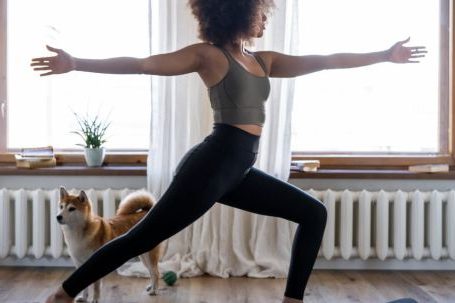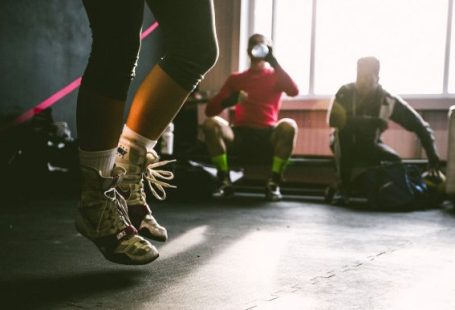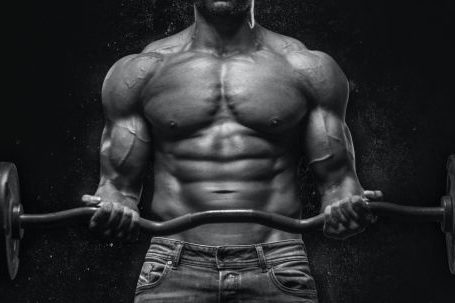Maintaining good balance and coordination is essential for daily activities and overall physical well-being. Whether you are an athlete looking to enhance your performance or someone who wants to prevent falls and injuries, improving your balance and coordination should be a priority. In this article, we will explore some practical tips that can help you achieve better balance and coordination.
Strengthen your core muscles
A strong core is the foundation for good balance and coordination. The core muscles, including the abdominals, obliques, and lower back, play a crucial role in keeping you stable and balanced. Engaging in exercises that target these muscles, such as planks, bridges, and Russian twists, can help improve your core strength and stability.
Try yoga or Pilates
Yoga and Pilates are both excellent practices for improving balance and coordination. These mind-body exercises focus on body awareness, alignment, and controlled movements. They require concentration and engage various muscle groups, helping to improve balance and coordination over time. Consider joining a yoga or Pilates class or following online tutorials to incorporate these beneficial practices into your routine.
Incorporate balance exercises into your workout
Dedicate some time to balance exercises during your regular workout routine. Exercises like single-leg stands, heel-to-toe walks, and standing yoga poses challenge your balance and coordination. Start with simple exercises and gradually increase the difficulty as you progress. Incorporating balance exercises into your workout can help enhance your stability and coordination in various activities.
Try tai chi
Tai chi is a traditional Chinese martial art that combines slow, flowing movements with deep breathing and mental focus. It has been shown to improve balance, coordination, flexibility, and overall physical function. Attending tai chi classes or practicing at home with the guidance of online tutorials can help you reap the benefits of this ancient practice.
Challenge your senses
Improving balance and coordination involves more than just physical exercises. Challenging your senses can also contribute to better overall stability. Try closing your eyes while performing balance exercises to rely more on your body’s proprioception (awareness of body position in space). This will help train your body to rely less on visual cues and develop a stronger sense of balance and coordination.
Incorporate balance training into everyday activities
You don’t need to set aside a specific time for balance training – you can incorporate it into your everyday activities. For example, while brushing your teeth, try standing on one leg and alternating legs every 30 seconds. This simple activity can improve your balance over time. Similarly, when walking on uneven surfaces, focus on maintaining stability and engaging your core muscles.
Maintain a healthy lifestyle
Maintaining a healthy lifestyle can also contribute to better balance and coordination. Regular exercise, a balanced diet, and sufficient sleep all play a role in keeping your body functioning optimally. Additionally, staying hydrated and avoiding excessive alcohol consumption can help prevent dizziness and instability.
In conclusion, improving your balance and coordination is essential for overall physical well-being. By incorporating the tips mentioned above into your routine, you can enhance your stability, prevent falls, and improve your performance in various activities. Remember, consistency is key, so make these tips a part of your daily life to reap the long-term benefits of better balance and coordination.





